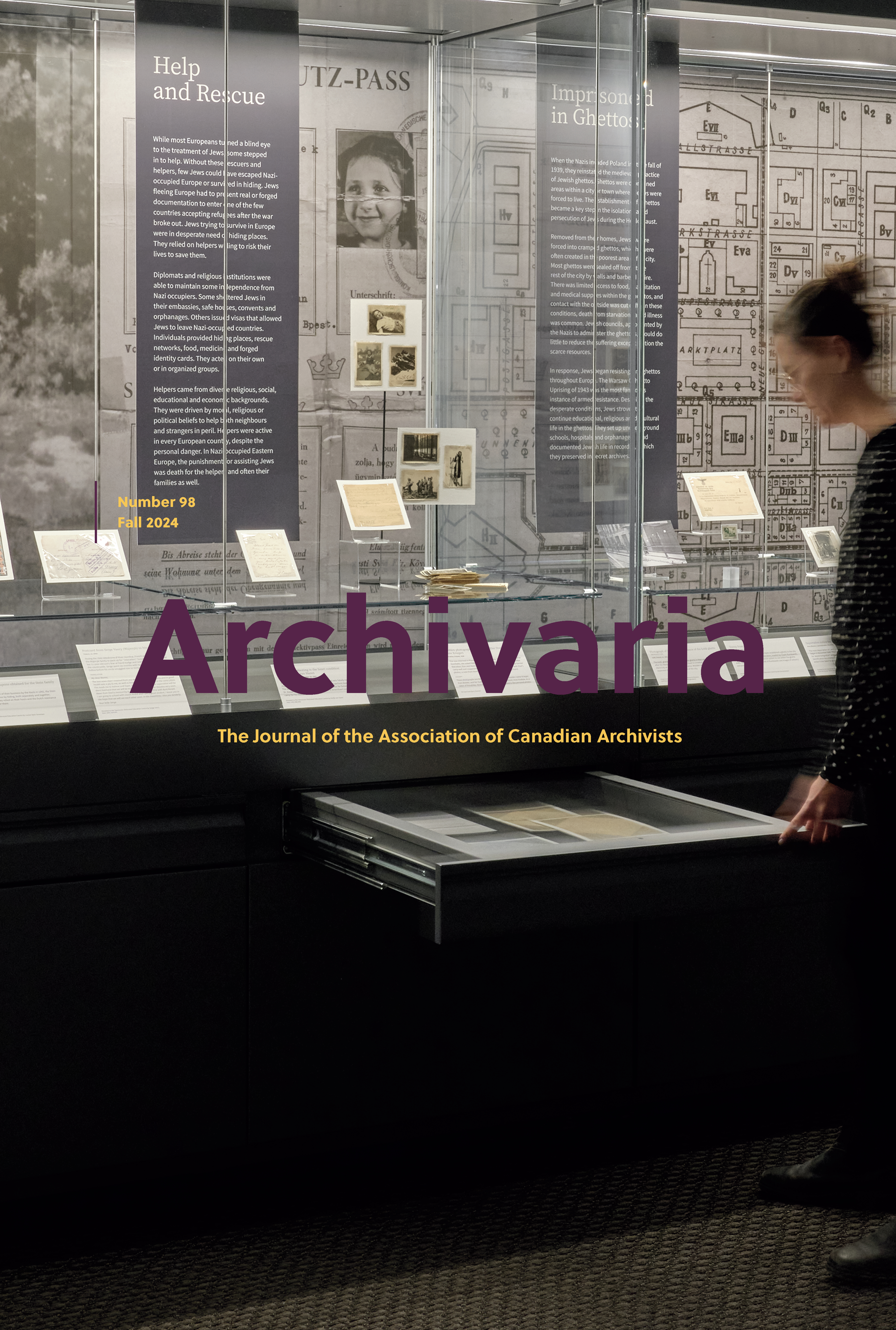Finding Traces of Cows in the Archives and Telling Stories Differently
Abstract
Archives are more-than-human spaces, and scholars are increasingly exploring how traditional archival material can be used to understand the historical lives of animals. There are traces of animals in any archives because humans do not exist in isolation and have historically been ecologically and socially entangled with other species. There is, however, a great deal of scope to develop innovative methods for telling animals’ histories in ways that treat them as subjects, not objects. Using my PhD research into the historical problematization of cows in Kingston, Ontario, between 1838 and 1938, this article charts some of the methods I developed to better position historical animals as experiential subjects in analyses of the past. More specifically, I focus on how I found traces of cows in the Queen’s University Archives by looking at a range of municipal records, including city assessments and health documents. I also explain how I conducted a multispecies discourse analysis of those traces by using contemporary knowledge about the psychology and physiology of cows, employing map-making techniques, and crafting speculative vignettes. I conclude that tracing animals in municipal records, being sensitive to contemporary knowledge about them, and making use of creative methodological tools to visibilize their spatial and social worlds is both academically interesting and politically significant. These methods challenge the anthropomorphism typical of historical and urban analyses, consequently creating openings for different ways of telling stories.
Authors of manuscripts accepted for publication retain copyright in their work. They are required to sign the Agreement on Authors' Rights and Responsibilities that permits Archivaria to publish and disseminate the work in print and electronically. In the same agreement, authors are required to confirm that "the material submitted for publication in Archivaria, both in its paper and electronic versions, including reproductions of other works (e.g. photographs, maps, etc.) does not infringe upon any existing copyright." Authors of manuscripts accepted for publication retain copyright in their work and are able to publish their articles in institutional repositories or elsewhere as long as the piece is posted after its original appearance on archivaria.ca. Any reproduction within one year following the date of this agreement requires the permission of the General Editor.





